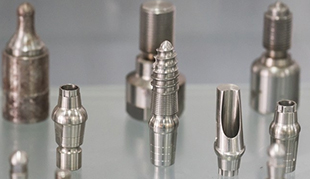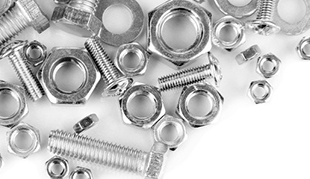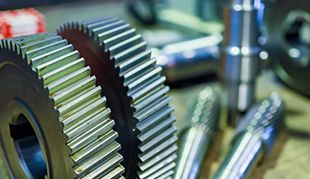Biocompatibility of Metal Injection Molding Materials: Ensuring Compatibility with Human Tissue
Biocompatibility is a crucial consideration when designing and manufacturing medical devices. In recent years, metal injection molding (MIM) has gained prominence as a versatile manufacturing process for producing complex metal components. This article delves into the biocompatibility aspects of metal injection molding materials and explores how manufacturers ensure that medical devices are compatible with human tissue.
Understanding Biocompatibility
Biocompatibility refers to the ability of a material to perform its desired function within a biological system without eliciting an adverse response. In the realm of medical devices, achieving biocompatibility is imperative to ensure patient safety and the successful integration of the device with the human body. For devices that come into direct or indirect contact with bodily tissues or fluids, biocompatibility assessment is a mandatory step in the regulatory approval process.
Metal Injection Molding: A Brief Overview
Metal injection molding is a manufacturing process that combines the versatility of plastic injection molding with the mechanical properties of metal. This technology involves mixing metal powders with a binder material to create a feedstock, which is then injected into a mold cavity. After molding, the component is debinded and sintered, resulting in a fully dense metal part. MIM allows for the production of intricate and complex shapes with excellent dimensional accuracy.

Biocompatibility of MIM Materials
The biocompatibility of MIM materials is determined by their composition, surface characteristics, and interactions with the surrounding biological environment. While MIM offers a wide range of metals and alloys suitable for medical devices, certain considerations must be taken into account:
Material Selection:
The choice of material is pivotal in ensuring biocompatibility. Materials commonly used in MIM for medical devices include stainless steel, titanium alloys, and cobalt-chromium alloys. These materials exhibit mechanical properties required for medical applications and have a track record of biocompatibility.
Surface Finish:
Surface characteristics play a significant role in biocompatibility. MIM parts can have smooth surfaces with minimal surface roughness, reducing the likelihood of tissue irritation and inflammation. Additionally, surface treatments like passivation and polishing can further enhance biocompatibility.
Chemical Composition:
The chemical composition of MIM materials should meet the standards and regulations set by medical device authorities. Impurities and alloying elements can affect the interaction between the material and biological tissues, influencing biocompatibility.
Ensuring Biocompatibility in MIM Medical Devices
Manufacturers follow a rigorous process to ensure the biocompatibility of MIM medical devices:
Biocompatibility Testing:
Materials and finished components undergo various tests, including cytotoxicity, sensitization, irritation, and systemic toxicity assessments. These tests evaluate the potential adverse effects of materials on cellular function and overall health.
ISO Standards:
Manufacturers adhere to ISO 10993, a series of international standards for evaluating biocompatibility. These standards provide guidelines for biological evaluation, including testing methods and acceptance criteria.
Design Considerations:
Designing MIM medical devices with smooth contours, minimal sharp edges, and appropriate radii can minimize tissue trauma. Proper design reduces the risk of material wear, corrosion, and degradation, promoting long-term biocompatibility.
Clinical Trials:
For higher-risk devices, clinical trials involving human subjects provide real-world data on device performance and biocompatibility. These trials offer insights into the interactions between the device and human tissue.
Metal injection molding presents exciting opportunities for the production of intricate medical devices with desirable mechanical properties. Ensuring biocompatibility is paramount in the development of such devices, as it directly affects patient safety and device performance. By selecting appropriate materials, adhering to biocompatibility standards, and conducting thorough testing, manufacturers can confidently bring MIM medical devices to market, contributing to advancements in healthcare while prioritizing patient well-being.






